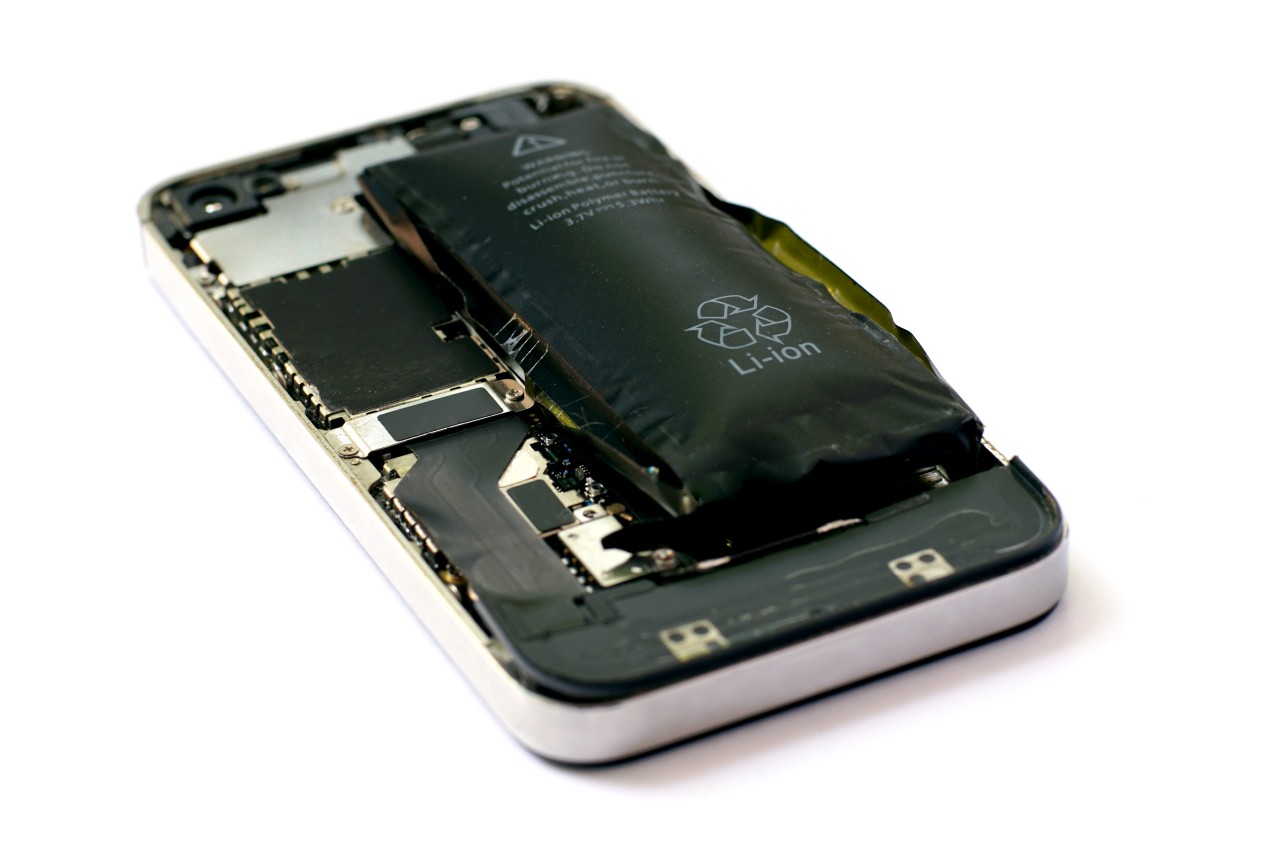
Experimental investigation of the impact of mechanical deformation on aging, safety and electrical behavior of lithium-ion battery cells
Particularly in mobile applications, 18650 lithium-ion batteries can be exposed to mechanical abuse. Deforming mechanical abuse can severely damage the battery case, but sometimes without causing instantaneous cell failure. If such cases remain undetected, the cells may remain in use and pose a potential long-term safety hazard. Due to research gaps in the scientific literature regarding the long-term implications of such damage, the influence of cell design, intrusion depth, as well as the impact on the electrical behavior, two cyclic aging studies and further electrical tests (CC–CV capacity, DVA) were conducted with mechanically deformed 18650 cells; using CT, post-mortem, and SEM for further analysis.
In the cyclic aging studies, both cell types tested (with a mandrel and mandrel-free) remained electrically functional and showed no safety–critical behavior, despite intrusions of up to 6 mm. Cells with significant intrusion exhibited increased CC–CV charge capacity for one charging process, and CC-discharge capacity decreases of 3.2 % after mechanical deformation, but no or only slightly accelerated aging rates after the initial capacity drop.
DVA indicated a global capacity loss of useable material rather than specific anode or cathode damage. CT analysis revealed case re-deformation after cyclic aging, likely due to jelly roll swelling. Post-mortem analysis showed imprints on all electrode components and active material debonding. SEM analysis revealed changes in cell internal pressure distribution due to external deformation.
Read more details in the published article.